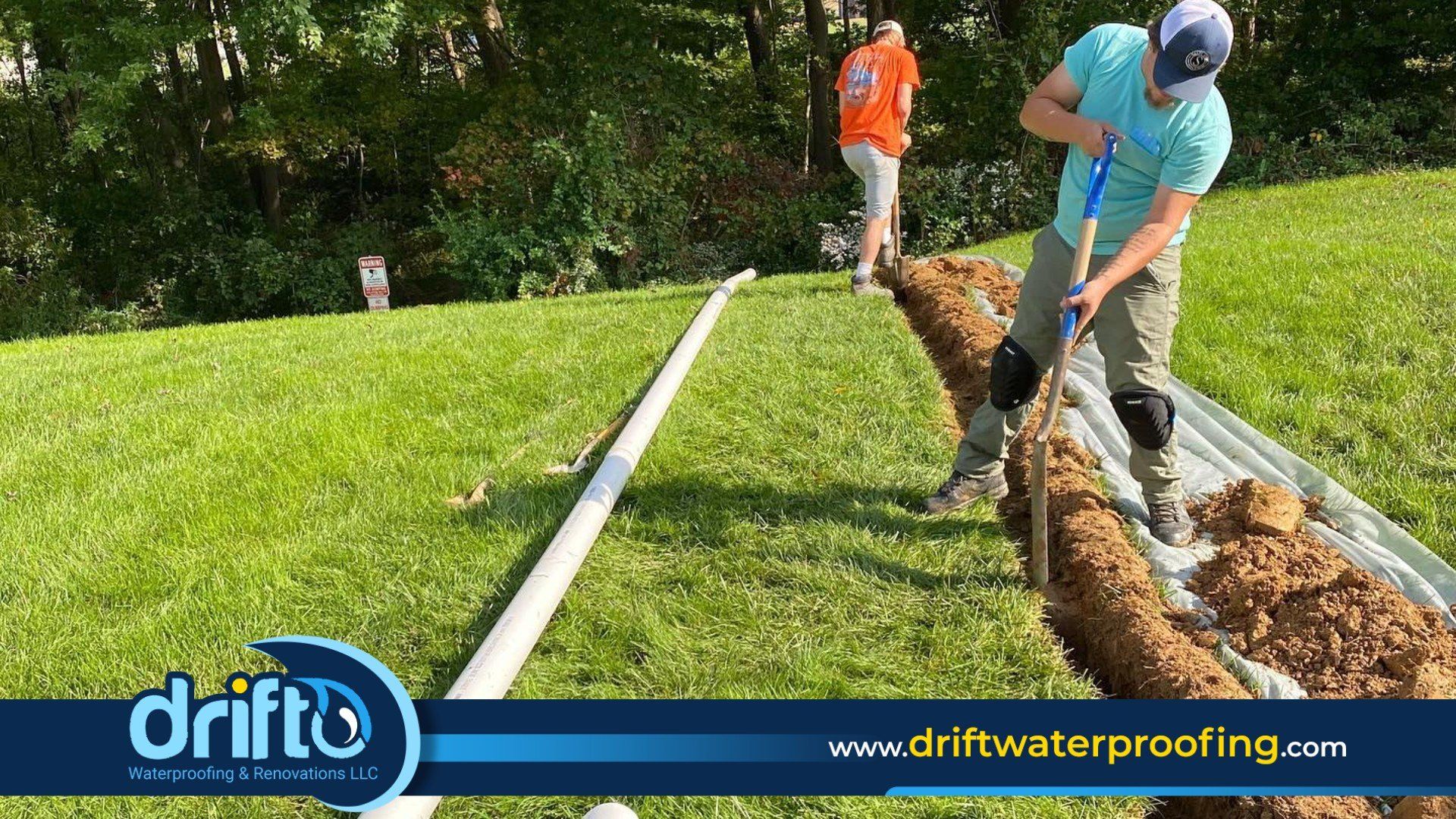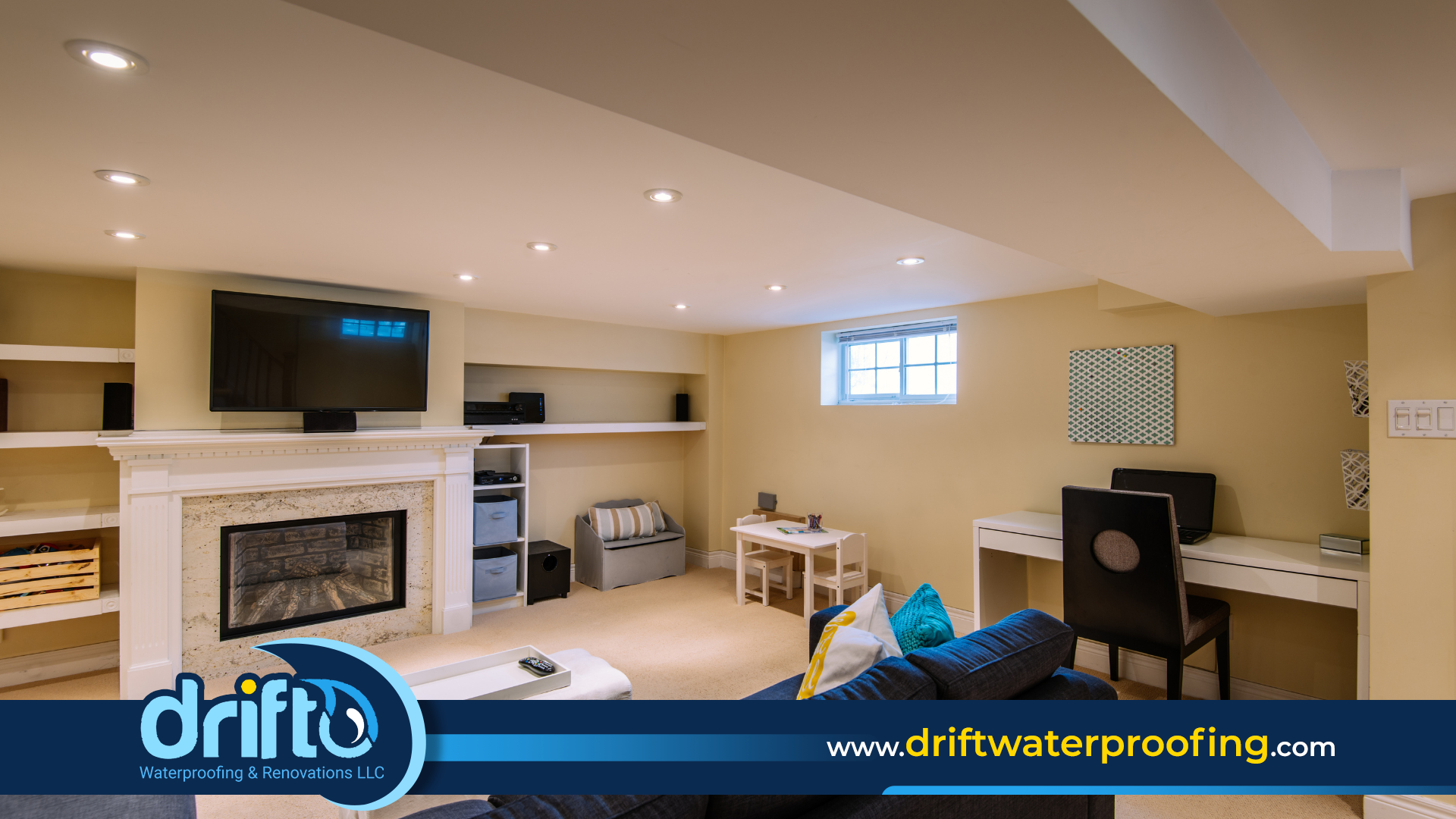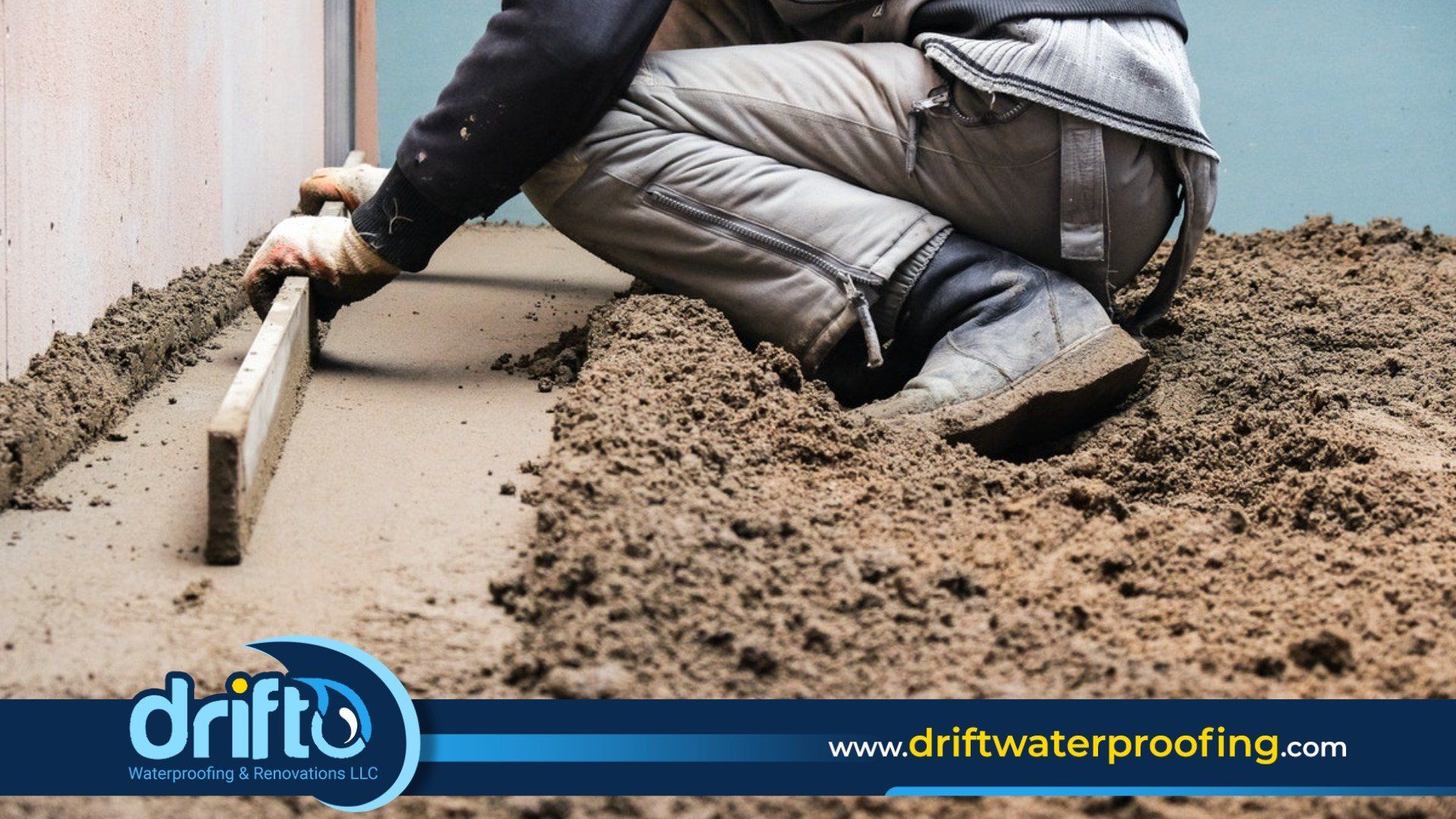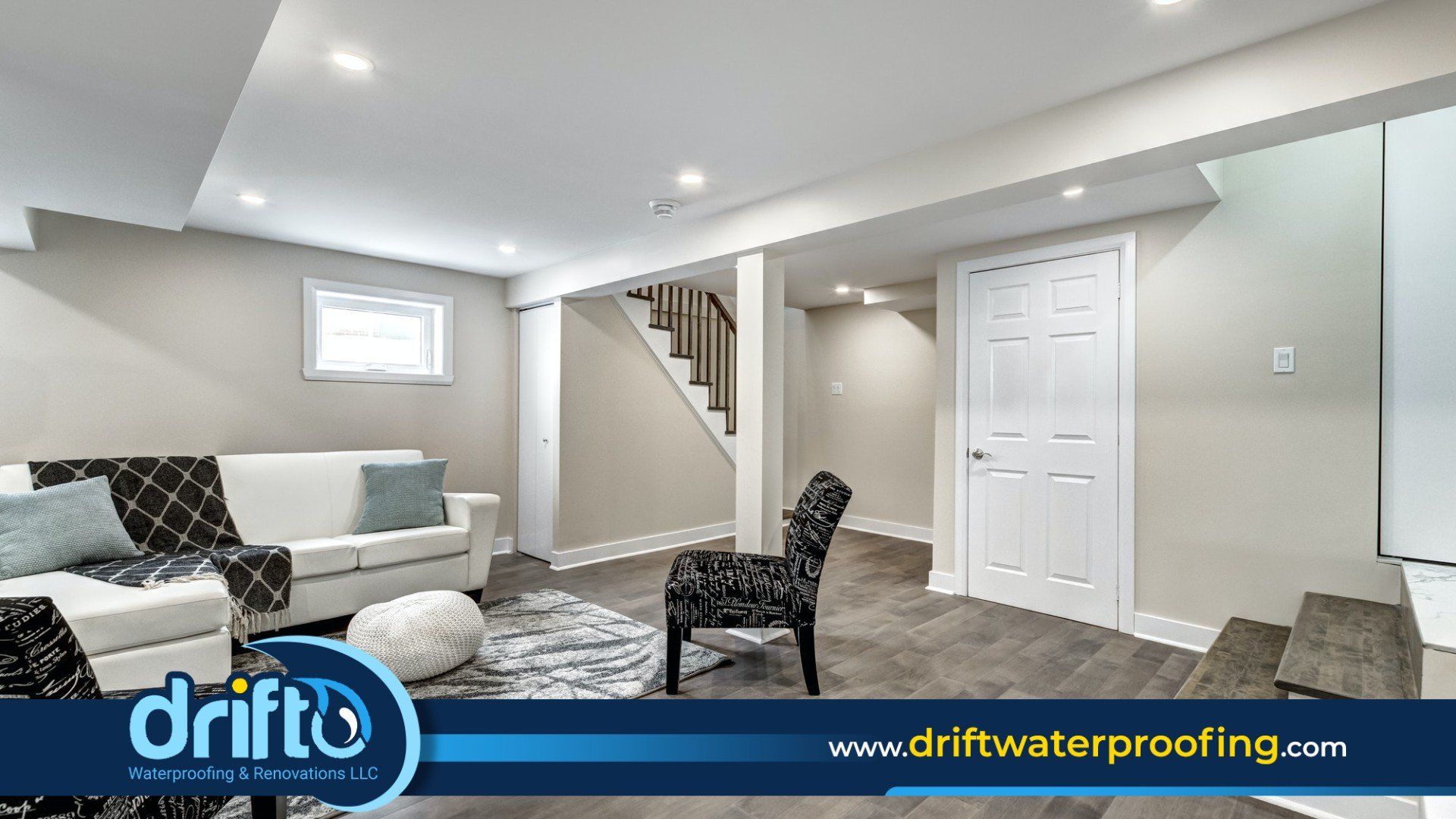Owning a home comes with many responsibilities, one of which is ensuring your yard drains properly. Poor drainage can lead to flooding in your home or even cause costly foundation damage. Fortunately, there are several ways to ensure that your yard remains dry and well-drained, which we'll explore below. Let's look at the best ways to ensure proper drainage in your yard.
What is the best way to ensure that my yard drains properly?
Grading Your Yard
The first step in ensuring proper drainage for your yard is grading it appropriately. If you have flat land, then you will want to grade it so that water flows away from the house and toward an area where water can easily be absorbed into the ground. If you already have a sloped backyard, make sure that the slope isn't too steep—it should be no more than 1 inch of drop per foot—and also check to ensure that the soil isn't compacted or otherwise restricting water flow.
Installing French Drains
Another great way to ensure proper drainage for your yard is by installing French drains. These are long trenches filled with gravel and covered with a fabric filter designed to divert water from the house and into an area where the ground can safely absorb it. Installing French drains can help prevent flooding and protect against costly foundation damage caused by excess moisture buildup.
Using Rain Barrels or Cisterns
Live in an area that gets heavy rain during certain times of the year. Installing rain barrels can help reduce runoff in your yard while providing free water for gardening or other outdoor activities. Rain barrels are easy to install and require minimal maintenance, making them ideal for homeowners who want to keep their yards dry without spending too much time or money on them.
Add Mulch or Compost to Your Yard
Adding mulch or compost to your lawn can help absorb excess moisture and reduce runoff during heavy rainstorms. This will help ensure that any standing water is soaked up quickly by the soil rather than pooling around your house or causing flooding in other parts of your yard. You should also make sure that any downspouts on your roof are properly connected so that rainwater isn’t spilling out onto the surface of your lawn instead of being diverted away from it.
Install Gutters and Downspouts
The first step in preventing yard drainage problems is to install gutters and downspouts on your home’s roof. The purpose of these systems is to collect rainwater from the roof and direct it away from the house and into an area where it can safely drain away without causing any damage. If you don’t have installed gutters and downspouts, now is the time to do so—they are an essential part of any home’s drainage system.
Check Your Landscaping
Another important step you can take to prevent yard drainage problems is to make sure your landscaping isn't contributing to the problem. Check for areas where runoff might be pooling or draining improperly; if you find any, ensure these areas are graded correctly so that they direct water away from your house instead of towards it. It's also a good idea to check your landscaping regularly—at least once a year—to make sure no new issues have developed since your last inspection.
What are some common yard drainage problems?
If you’ve ever had a wet basement, soggy backyard, or flooded driveway, then you know how important it is to have a proper drainage system. Unfortunately, even with the best of intentions and careful planning, it’s not uncommon for homeowners to experience yard drainage problems.
Poorly Designed Surface Grading
Surface grading refers to how much your lawn slopes away from the house. If your lawn slopes towards the home instead of away from it, water will run down the slope and pool around your house's foundation, leading to damage over time. To fix this issue, you’ll need to re-grade your lawn so that it slopes away from the house at least 6 inches every 10 feet. You may also need a French drain or dry well, depending on your soil.
Not Enough Gutters
The gutters on your roof should be designed to funnel water away from your foundation and out into a safe area where it can disperse without causing any harm. If there are not enough gutters or if they are clogged with debris, water will run off the roof directly onto the ground, where it can cause flooding or pooling around your foundation. To fix this problem, check your gutters and ensure they are properly installed and free of debris, such as leaves and twigs. To prevent future clogs, install gutter guards that keep out leaves while allowing rainwater to flow freely.
Clogged Drains
Drains can easily become clogged due to dirt buildup or an accumulation of debris over time. Clogged drains can cause serious flooding in low-lying areas and make pathways slippery or dangerous due to standing water on top of them. Use a drain snake or hire a professional with experience to unclog drains quickly and safely. It is also important to regularly inspect all outdoor drains for signs of clogging or blockages so that small issues don't become bigger problems later on down the road.
Conclusion
Yard drainage problems can be frustrating and costly if not addressed properly. Fortunately, you can take steps to prevent them from happening in the first place! Make sure you have gutters and downspouts installed on your roof; check your landscaping regularly; and consider using rain barrels or cisterns to collect runoff before it can cause damage. With these tips in mind, you'll be able to keep your yard free of any unwanted moisture this season!
Contact Drift Waterproofing & Renovations Today!
Drift Waterproofing & Renovations will do everything we can to ensure your experience with us is excellent.
Request A FREE Estimate
Request a Free Estimate Form
Checkout Recent Post
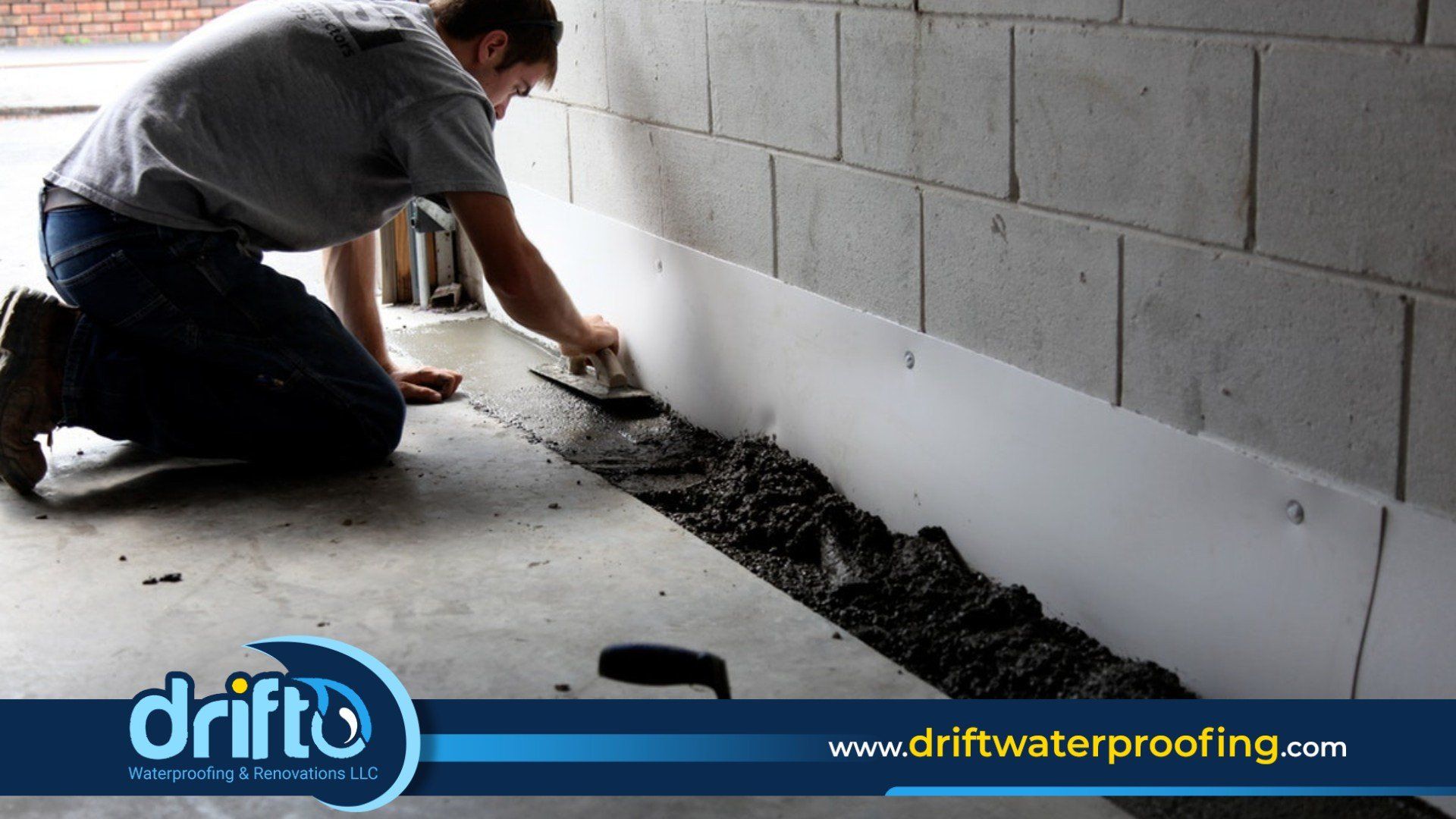
Got a Question? We’re Here to Help.
You can arrange an appointment or make an enquiry by phone or email, orget in touch to us via our contact form.

